Our vines
The cultivation of vines is a family affair.
And how better to appreciate the health of our vines than by following each growth cycle as closely as possible?
Since 2020, the estate has been in the process of converting to organic farming, and will be able to claim AB wine status from 2023..
Plant density here is 11,000 vines per hectare. The competition between the vine stocks contributes to low yields and forces them to draw the nutrients and water they need from deep in the soil.
Particular attention is paid to working the soil, which takes the form of ploughing – a very important job due to the non-use of herbicides.
After winter pruning, the green work (disbudding and trellising) is carried out manually. The careful trellising of the shoots allows for better distribution of the grapes on the vine, good exposure to the sun and optimal ripening.
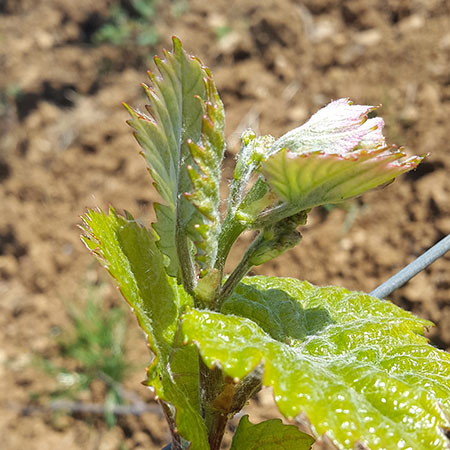
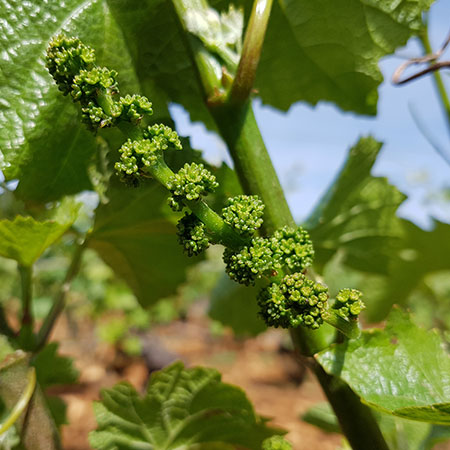
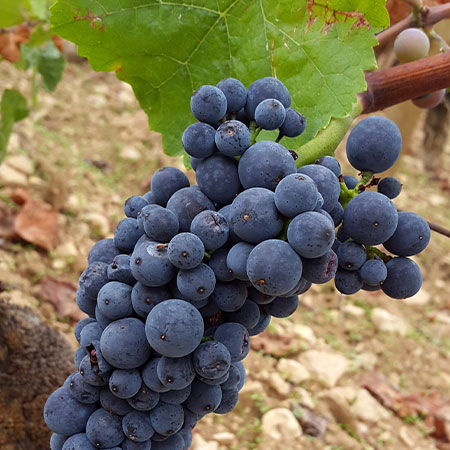
The harvest
Every year, we wait for optimal maturity of the grapes.
Each plot is closely monitored and the choice of harvest date is made according to maturity and how healthy the grapes are, but the weather forecast also plays an important part.
Knowing that everything that can be gained in a few days can also be lost in a few hours, you have to weigh up the risks and make a decision.
Vinification
The grapes are destemmed and sorted as soon as they arrive in the vat room.
The first free run juice is allowed to cool, thus making it possible to cool the entire mass fairly quickly with minimal aeration and, therefore, minimal oxidation. The grapes, thus cooled to under 10°C, are said to be in the pre-fermenting maceration phase. During this phase, the first phenolic compounds are very gently extracted.
Fermentation begins naturally. The first punching down is then carried out. The temperature and alcohol content being low, we then extract only the noblest material.
As fermentation progresses, the temperature rises to 33°C. Punching down is then abandoned in favour of pumping over and rack and return – operations that involve soaking the marc (the solid material from the grapes) with the juice, which allows further extraction – again, very gently – and limits the astringent tannins that come from the seeds.
Tasting is necessary in order to decide which operations should be carried out; it is also through tasting that the best time for racking is determined. After pressing, the wines decant. The lees are separated, and the wine is placed in barrels.
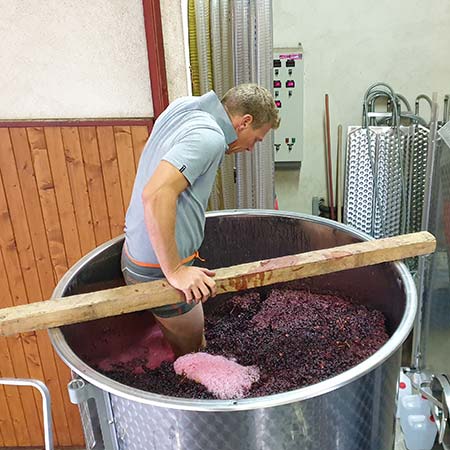
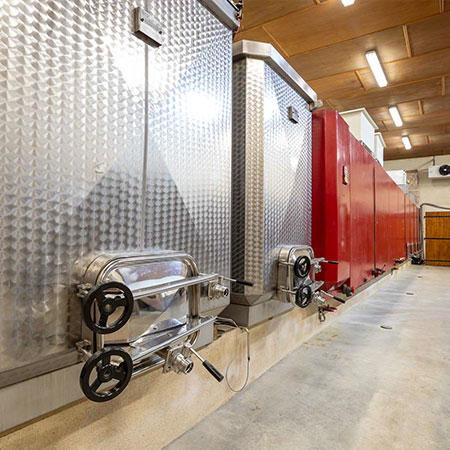
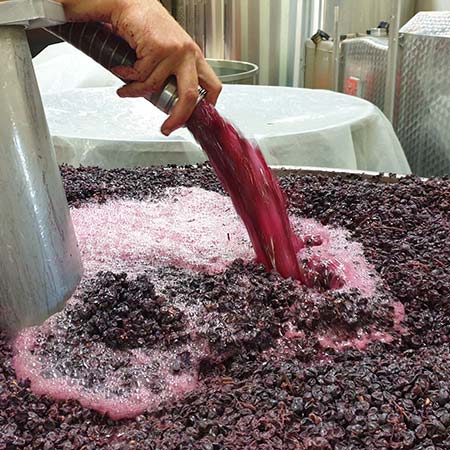
Maturation
The share of new casks used varies from 0 to 30% depending on the appellation.
The purpose of maturation is thus to preserve the colour and to refine the aromas obtained during vinification.
The wines will be racked after 9 to 12 months depending on the appellation and the vintage.
They will then complete their maturation in stainless steel vats to prepare them for bottling.
The wines are generally bottled at the estate at the end of December or the beginning of January.
